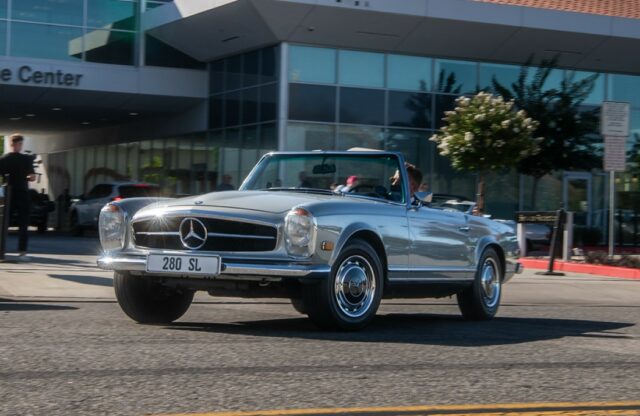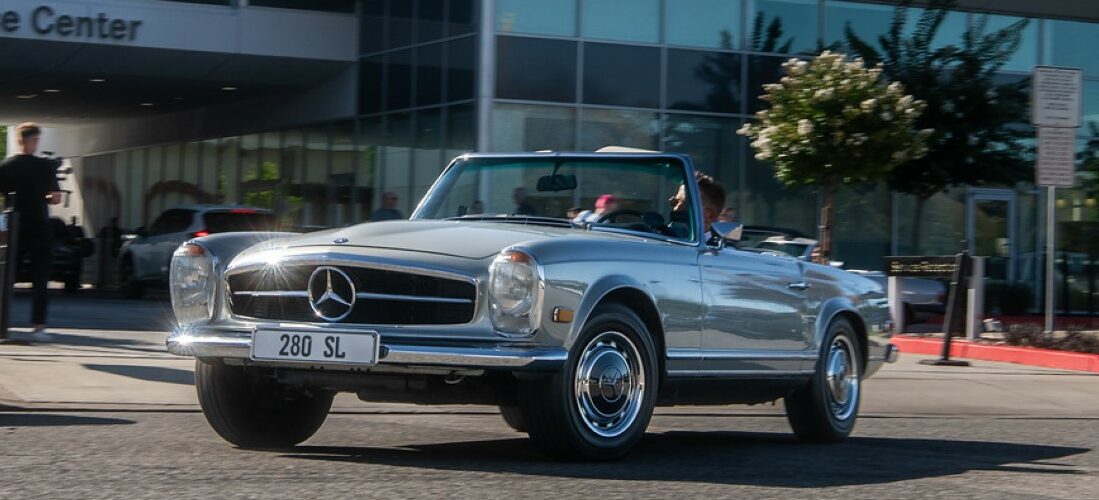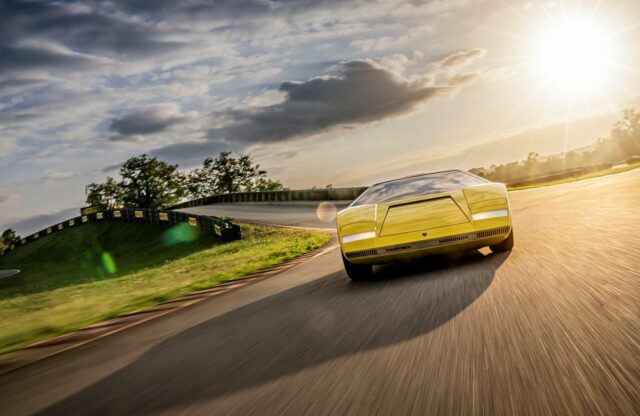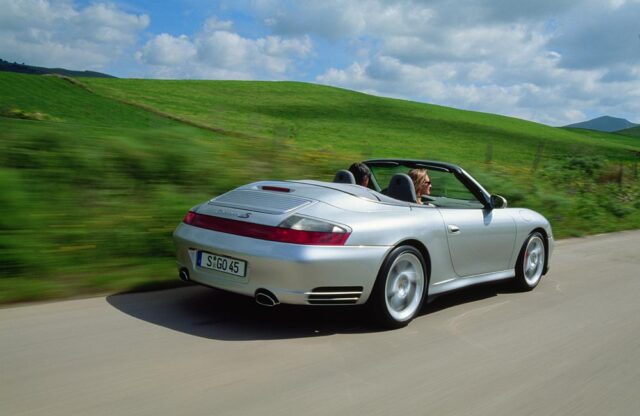WORDS: JOHN TALLODI | PHOTOS: MERCEDES-BENZ
The Pagoda was the creation of famous French designer Paul Bracq, who worked for Mercedes-Benz and styled some of the brand’s most glamorous and desirable models.
As well as looking the part, the ‘Pagoda’ SL was an innovative car. It had fuel injection, aluminium door shells and bonnet, disc brakes and the option of power steering. Its refinement, elegant body, exquisite build quality and decent performance meant it quickly gained favour with the rich and famous, and it set a template for the SLs that followed.
Bruce Greetham of The SL Shop explains: “It’s the perfect balance of SL that carries the classic and vintage feel. It’s both heavily chromed and beautifully stylish.”
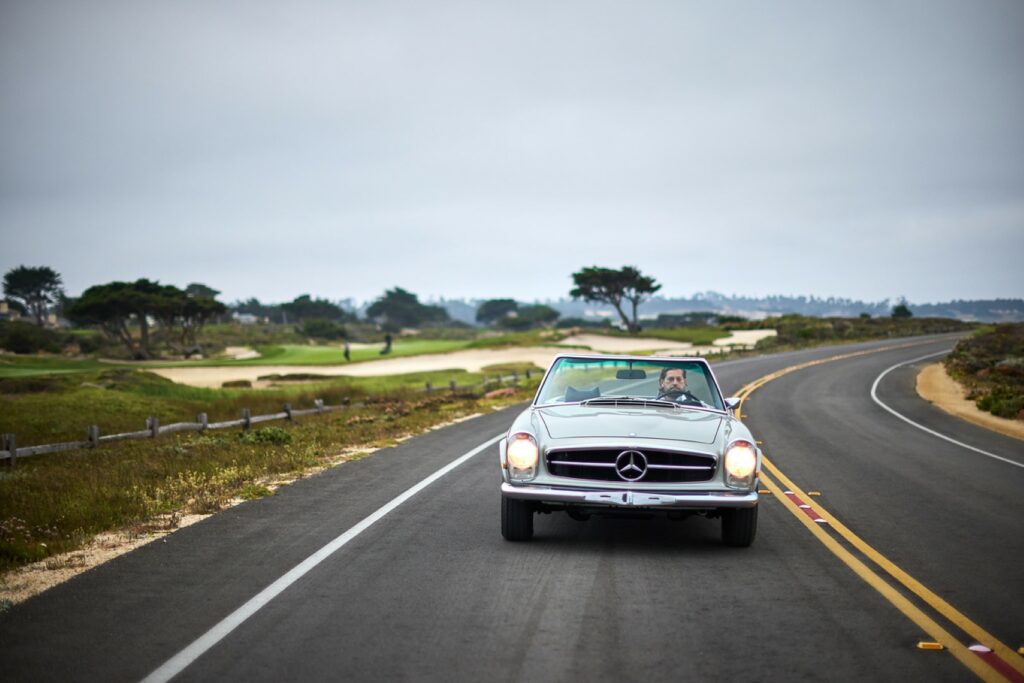
ENGINE AND GEARBOX
The engines are dependable if well maintained, but need patience when starting up. “Pagodas take two to three revolutions to start from cold,” says Bruce.
The mechanical fuel-injection system can be costly to replace if it goes wrong. Listen out for engine bangs or splutters; the injectors could be blocked or rusty.
Once started, the motor should warm up quickly. If not, the thermostat may have been removed to disguise an overheating problem. Hot running can also be caused by head-gasket issues, of which misfires are another symptom. If the engine temperature continues to climb once the car is warm, the radiator could be clogged. It is essential to use a high-quality antifreeze at the correct level; the engine block is steel, while the head is aluminium, so internal corrosion is a risk. “The viscous fan sometimes doesn’t kick in,” adds Bruce.
On the move, blue smoke is a sign of worn valve-stem seals. The oil should be replaced every 3000 miles to prevent internal wear and prolong the life of the engine. Regular changes help keep the fuel-injection pump in good order.
“The 280 model can overheat a bit more because it’s bored out, which makes the water galleries close,” says Bruce. “The 230 is more revvy because it’s a five-bearing crank not a seven-bearing one as with the others. It’s also not quite as refined.”
Most Pagodas come with automatic transmissions. Both the auto and the four-speed manual are resilient, but they aren’t immune to wear or issues. “Ensure the pressure settings on the automatic are set up properly,” says Bruce. “Otherwise the ’boxes will become ‘grumpy’, changing too early or too late.” The manual version shouldn’t be especially noisy, jump out of gear or offer a crunchy, difficult shift.
Prospective owners should check for gearbox leaks; if the oil runs low, damage to the internals is inevitable. If either ’box does need refurbishing, the job is relatively straightforward but expensive.
Propshaft couplings and universal joints can wear. A thudding sound from the rear can indicate this, but it could also point to worn differential mountings, which are expensive to sort out. “The centre bearing on the propshaft can wear, too,” adds Bruce. A whiny diff probably means a costly rebuild.
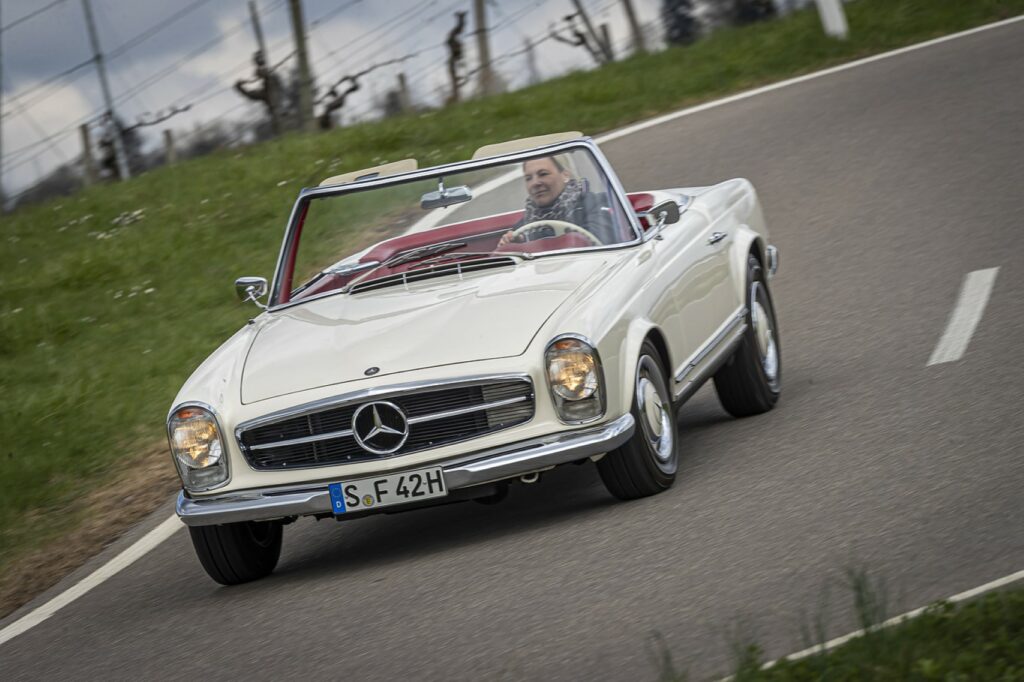
SUSPENSION AND BRAKES
Dampers can wear out, so look for weeping on the struts as well as an unrefined ride. The suspension’s kingpins, trunnions and nipples all need regular lubrication, ideally every 3000 miles. On the bright side, replacements are relatively affordable. Play in the wheels when the car is jacked up indicates problems.
Power steering was a popular option on the Pagoda. The car handles far better with this fitted, but you should take care to look for hydraulic leaks.
“Brakes were discs all round, other than on the 230 SL, which had rear drums,” says Bruce. Check the condition of the lines; if these have perished or are leaking, it will affect the car’s stopping power.
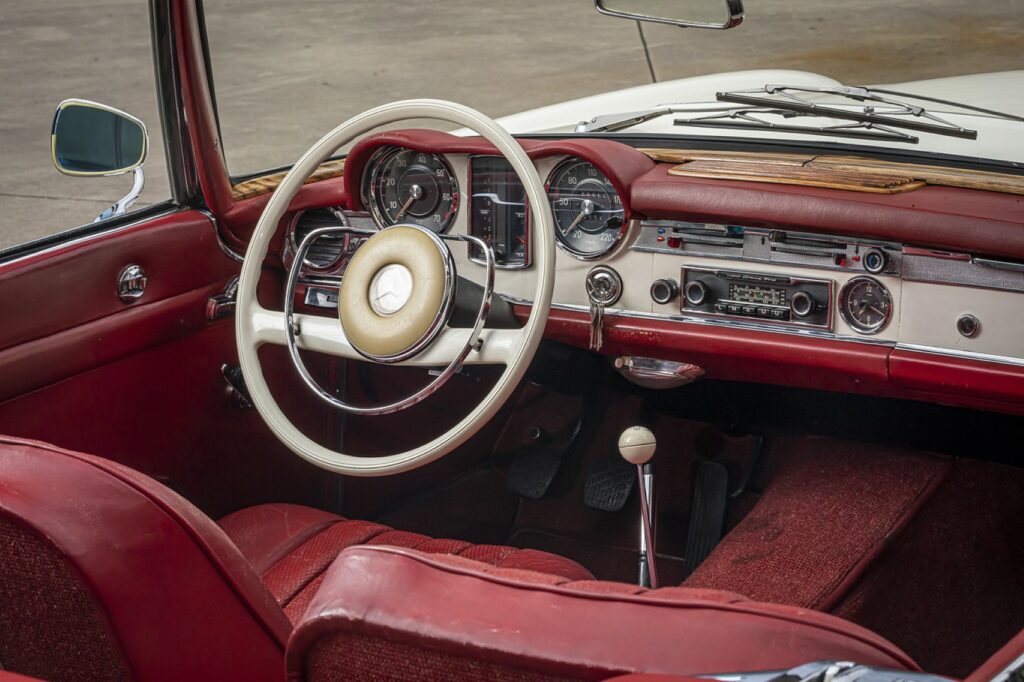
BODYWORK AND INTERIOR
The SL was famous for its superb build quality and attention to detail. Panel gaps should be uniform and tight. Many panels were stamped with the build number. Cross referencing this is a good way to determine vehicle originality.
Finding a sound body is crucial. Its monocoque is prone to rusting, and cars that seem immaculate on the outside can still have structural corrosion. The sills, boot floor, floorpan, chassis rails and members, wheelarches and jacking points are all common areas for rot, so do look underneath the car, and under the carpets, too. The aluminium bonnet, door skins and bootlid can also corrode.
Wearing 20kg of paint from the factory, Pagodas were known for their high-quality finish. To see whether yours still has its original paint, check the ‘notches’ on the insides of the headlights; if missing, the car has probably been to a bodyshop. If you’re looking for an original car, check for paint runs from the factory: “The inside of the bonnet was always body coloured, and the inside of the bootlid was black,” says Bruce. “If you see paint runs, it’s a good way to see if they’re original panels.”
Most (but not all) SLs had the Pagoda hardtop. Check its condition and the state of the mounting points. Also ensure that the soft-top is crisp and watertight. The SL originally came with a chrome tool to secure the fabric roof in place. These often go missing and are replaced by less desirable alternatives. If originality is a concern, ensure it’s present.
Cabin parts availability is good, but they can be expensive to buy and fit. Check that the gauges and electrical systems work well. The heater handles are plastic and can become brittle and snap.
The SL was trimmed in either MB Tex vinyl or leather. Be wary that some owners may think their car has hide when it is in fact vinyl. Leather trim often has more patina than its vinyl counterparts.
Carpets have been replaced in many cars. A stitched trim around the gear gaiter is a tell-tale sign; the factory trim was rubber. “Carpets had a different pile to those from later years,” says Bruce. “If you’re looking at a concours car, make sure it has carpets from the right era.”
Wooden dash-top trim can deteriorate, and the top of the windscreen can often be scratched from fitting the hardtop.
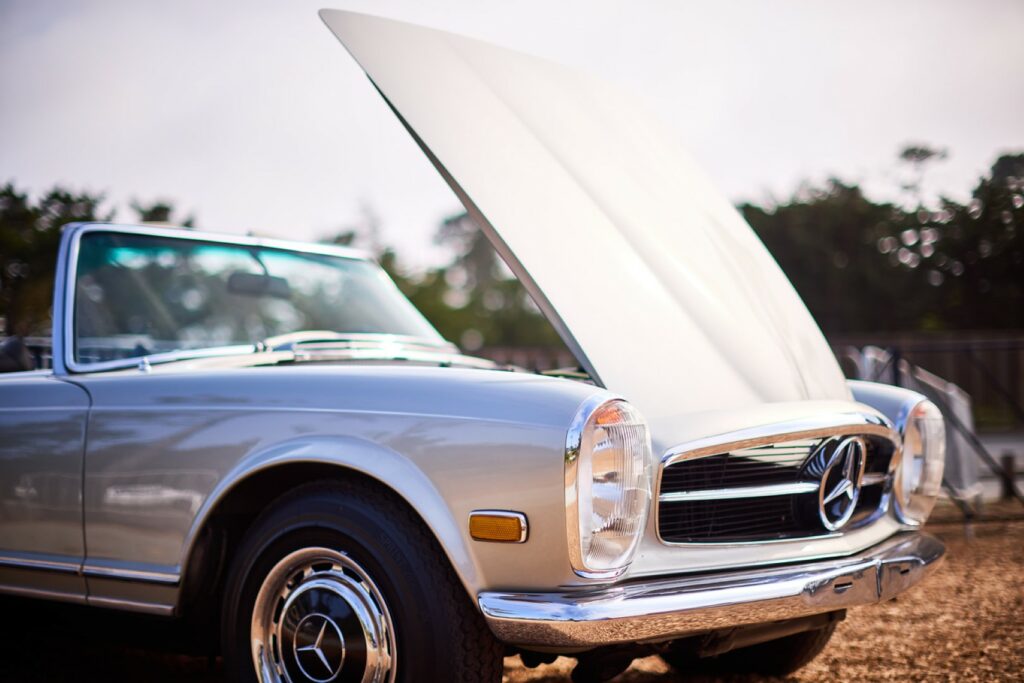
WHICH TO BUY
The Pagoda was once considered an affordable classic, but these days you should expect to pay a considerable sum. The savings on a car at the cheaper end of the scale pale in comparison to the expense of restoring it to its former glory.
Spend as much as you can to secure a decent example and avoid future expense. The priority should be a rust-free car with a high level of originality and an unambiguous history. “The 280 is best,” says Bruce. “It has softer suspension, and is bit more responsive and refined. It’s also the most desirable model among collectors.”
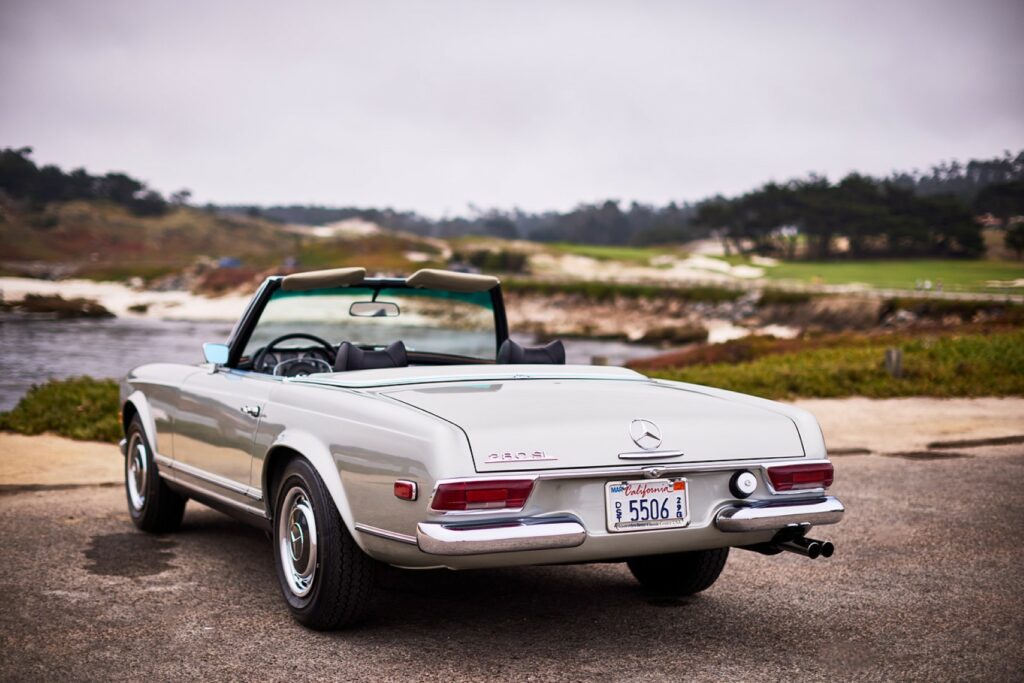
WHAT TO PAY
UK (1967 250SL)
FAIR: £41,200
GOOD: £62,100
EXCELLENT: £114,000
CONCOURS: £171,000
US (1967 250SL)
FAIR: $40,600
GOOD: $64,400
EXCELLENT: $99,200
CONCOURS: $161,000

SPECIFICATIONS
2.3-litre inline-six (230SL)
Power: 148bhp (claimed)
Top speed: 124mph
0-60mph: 10.5 secs
Economy: 25mpg (est.)
2.5-litre inline-six (250SL)
Power: 148bhp
Top speed: 124mph
0-60mph: 9.5 secs
Economy: 25mpg (est.)
2.8-litre inline-six (280SL)
Power: 168bhp
Top speed: 124mph
0-60mph: 8.5 secs
Economy: 25mpg (est.)
